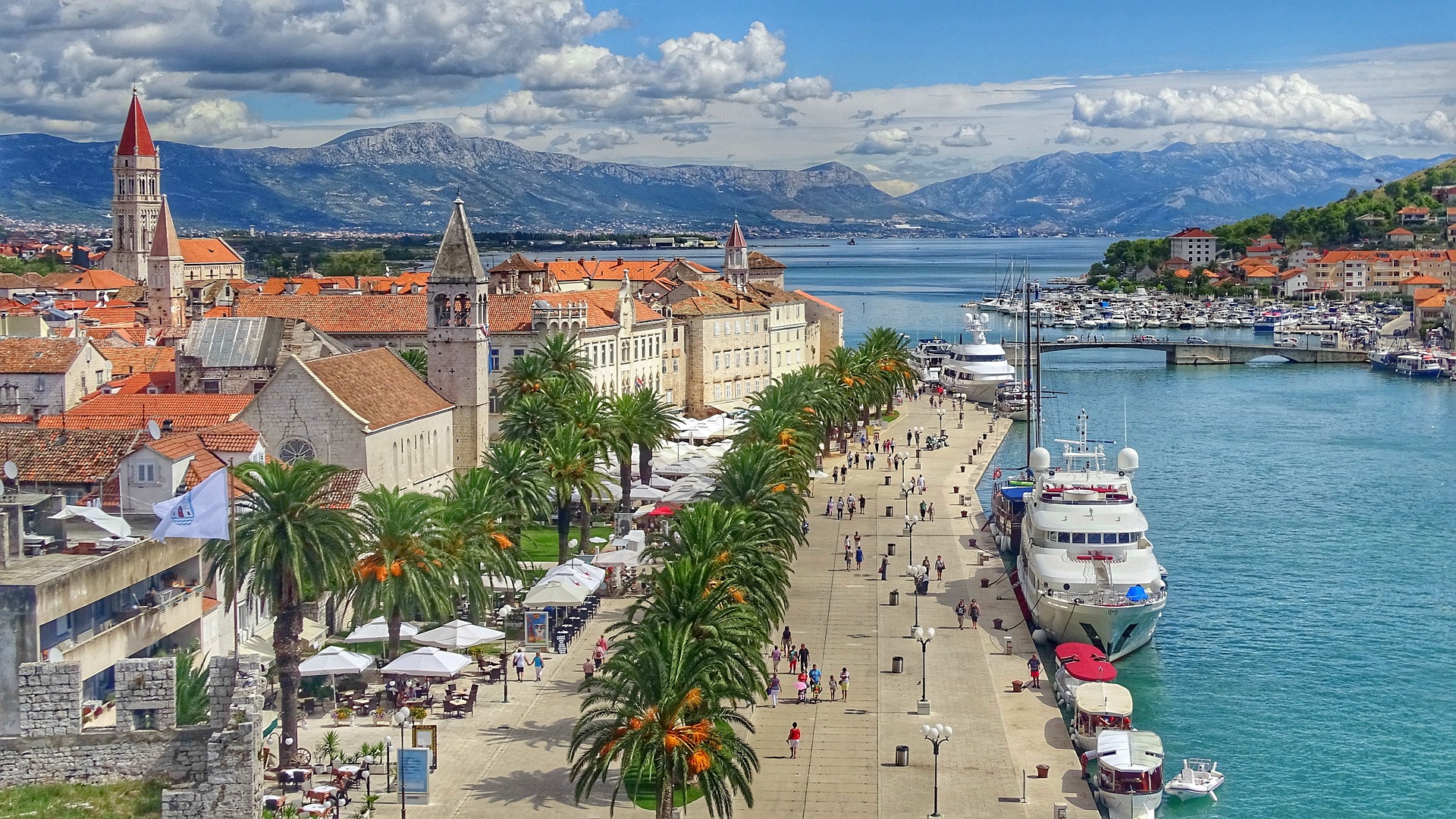Travel tips for Croatia: 10 information for the perfect vacation
Planning a trip to Croatia, a country of stunning landscapes, historical cities, and delicious food? This Croatia travel guide provides you with all the essential information you need before your journey and offers ten key tips that will help you make the most of every moment in this unique country. From currency and climate to cultural landmarks and gastronomic specialties, this guide will make your travel experience smoother and more enjoyable.
1. Currency: Euro (EUR)
Since January 1, 2023, Croatia has adopted the euro (EUR) as its official currency, replacing the kuna. All transactions are now conducted in euros, and most shops, restaurants, and hotels accept credit and debit cards. It is advisable to carry some cash for smaller expenses, especially in smaller towns or at markets.
For more information about currency and banks, visit HNB – the Croatian National Bank.
2. Best Time to Travel
The summer months, especially July and August, are ideal for those who want to enjoy the sun and sea, but they are also the most crowded. If you want to avoid the peak tourist season and crowds, consider traveling in the pre-season (May, June) or the off-season (September, October), when the temperatures are still pleasant and the places are less crowded.
3. Language and Communication
The official language in Croatia is Croatian, but most people, especially in tourist areas, speak English, and often also Italian or German. Learning a few basic Croatian phrases, such as “hvala” (thank you) or “molim” (please), can be helpful and will be appreciated by the locals.
4. Cultural Heritage and Historical Landmarks
Croatia is home to numerous UNESCO World Heritage sites and historical landmarks. The Dubrovnik city walls, Diocletian’s Palace in Split, and the Euphrasian Basilica in Poreč are just a few must-see attractions. Istria, located in the northwest of the country, is especially known for its rich history and tradition. Cities like Rovinj, with its narrow cobblestone streets, and Pula, with its famous Roman amphitheater, are gems for history and culture lovers.
5. Gastronomy
Croatian cuisine is diverse, depending on the region, ranging from Mediterranean to continental, or a mix of both. On the coast, the most popular dishes are fresh seafood, while inland, you’ll find meat specialties and rich flavors like lamb, prosciutto, and cheese. Istria is known for its high-quality truffles and olive oil, while you must also try local wines such as Malvasia from Istria and Plavac Mali from Dalmatia.
Check out Croatian Wines for more information about Croatian wines.
6. Beaches and Islands
Croatia’s coast offers over 1,000 islands and numerous beaches. Whether you prefer popular pebble beaches, like those on the Makarska Riviera, or hidden coves on islands like Vis, Hvar, and Brač, you’ll enjoy crystal-clear waters. Istria, aside from its cultural heritage, also offers beautiful beaches, and Cape Kamenjak near Pula has some of the most stunning coastal views in the region.
7. Public Transport in Croatia
Croatia has a good public transport system, with regular bus routes connecting cities and tourist destinations. Ferries are the main mode of transport to the islands, and Jadrolinija is the largest ferry operator in the country. Renting a car is also a popular option for exploring, especially if you plan to visit multiple locations. In Istria, it is recommended to rent a car to easily explore hidden gems like the medieval towns of Grožnjan and Motovun.
8. Weather Conditions
The coastal parts of Croatia have a Mediterranean climate, with warm and dry summers and mild winters. In the inland areas, the climate is continental, so summers are hot, and winters are colder. Summer temperatures often exceed 30°C along the coast, while in winter, there may be snow and lower temperatures in the continental parts. Istria during the summer offers pleasant temperatures and excellent conditions for outdoor activities and exploration.
9. Costs and Prices
Croatia is a relatively affordable destination, but prices vary depending on the season and location. Dubrovnik and Hvar, as popular tourist destinations, tend to be more expensive, while smaller towns and the interior are more affordable. Restaurants offer options for every budget, and local markets are a great place to find affordable and fresh meals. Istria, although offering luxurious experiences such as truffle tastings, also has affordable restaurants and taverns with homemade food.
10. Tipping
Tipping is not mandatory, but it is certainly appreciated. In restaurants, it is customary to leave a 5-10% tip if you are satisfied with the service. Rounding up the bill in taxis and cafes is also a common practice.
Croatia is a destination that offers unforgettable experiences, whether you want to relax on the beaches, explore historical cities, or enjoy local cuisine. Istria, as a center of gastronomy and cultural heritage, will particularly delight visitors, while nature lovers will enjoy its idyllic landscapes. We are sure these travel tips for Croatia will help you!
